Pepper Power: 10 Must-Know Tips for Mastering Indian Peppercorns
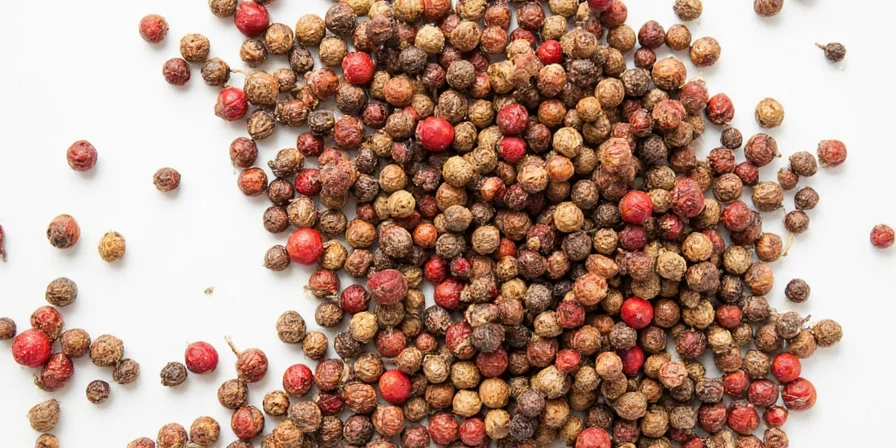
Table of Contents
- Why Indian Peppercorns Rule the Spice Rack
- Tip #1: Know Your Black, White, Green, and Pink Peppercorns
- Tip #2: Buy Whole Peppercorns, Not Ground Pepper
- Tip #3: Grind It Fresh — Every. Single. Time.
- Tip #4: Pair with Ghee or Oil to Unlock Flavor
- Tip #5: Toast Them Like a Pro
- Tip #6: Use in Both Sweet and Savory Dishes
- Tip #7: Store Like You Mean It
- Tip #8: Experiment with Regional Indian Blends
- Tip #9: Know the Health Perks (and When to Go Easy)
- Tip #10: Make Your Own Pickled Peppercorns
- Final Thoughts
Why Indian Peppercorns Rule the Spice Rack
If you've ever bitten into a freshly cracked peppercorn from Kerala and compared it to your average supermarket shaker, you know we’re not talking about the same species — we’re talking evolution.
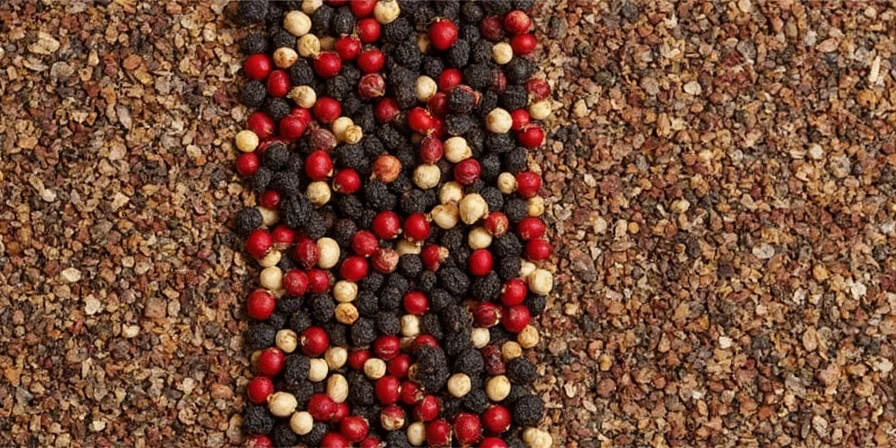
Indian peppercorns are the original black gold — literally grown in the lush hills of the Western Ghats, they’ve been traded across continents for centuries. Known as the 'King of Spices,' these little flavor bombs have shaped empires, recipes, and more than a few sneezes.
But let’s cut through the history books. What matters is how you can harness this spice magic in your kitchen — whether you're a home cook dreaming of Malabar cuisine or a professional chef crafting modern Indian fusion dishes.
Tip #1: Know Your Black, White, Green, and Pink Peppercorns
All hail the peppercorn family! Each variety brings something unique to the table. Here's your cheat sheet:
| Type | Processing | Flavor Profile | Best For |
|---|---|---|---|
| Black Peppercorn | Dried unripe berry | Pungent, earthy, slightly woody | Most savory dishes, especially meats |
| White Peppercorn | Ripened berry, soaked & dried | Milder, creamy, more musky | Cream sauces, soups, béchamel |
| Green Peppercorn | Unripe berry, preserved or freeze-dried | Fresh, grassy, herbal | Sauces, stir-fries, pickling |
| Pink Peppercorn | Berry from a different plant (Schinus) | Fruity, sweet, floral | Desserts, cocktails, fruit dishes |
Tip #2: Buy Whole Peppercorns, Not Ground Pepper
You wouldn’t buy pre-ground coffee, right? So why do we accept ground pepper?
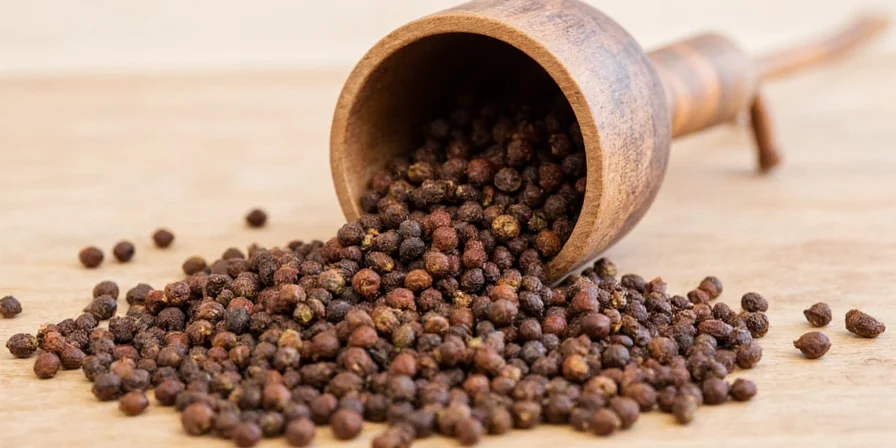
The aromatic oils that give pepper its punch start evaporating the moment it's ground. Whole peppercorns retain their potency for up to a year, while ground pepper goes stale in just a few months.
Invest in a good grinder — manual or electric — and grind fresh every time. Your taste buds will thank you.
Tip #3: Grind It Fresh — Every. Single. Time.
This one deserves its own tip because people still make the mistake. Pre-ground pepper is like yesterday’s bread: technically edible, but no way near optimal.
Freshly ground peppercorns release volatile compounds like piperine, which enhance flavor and aid digestion. Set a reminder if you have to: "Don’t skip the grind!" 😄
Tip #4: Pair with Ghee or Oil to Unlock Flavor
Here’s the secret: piperine (the compound responsible for pepper’s heat) is fat-soluble. That means to get the most flavor out of it, you need to pair it with ghee, oil, or butter.
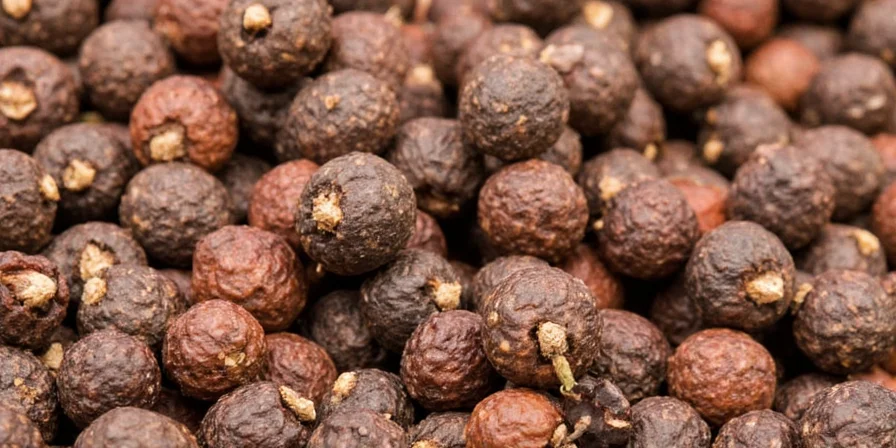
Add crushed peppercorns to hot ghee before sautéing onions or spices. The result? A deeper, spicier aroma that lingers and enhances everything else in the dish.
Tip #5: Toast Them Like a Pro
Toast peppercorns in a dry pan before grinding. This releases essential oils and mellows any harshness.
Do it gently — 2 minutes on medium heat, shaking the pan constantly. Then cool completely before grinding. Try adding toasted peppercorns to curry pastes or chutneys for an extra layer of depth.
Tip #6: Use in Both Sweet and Savory Dishes
Indian peppercorns aren’t just for curries. In fact, chefs around the world are experimenting with pepper in desserts like chocolate, poached pears, and even ice cream.
Try this: a pinch of freshly ground black pepper over dark chocolate mousse — it enhances the bitterness beautifully. Or add pink peppercorns to a strawberry salad for a fruity kick.
Tip #7: Store Like You Mean It
Keep your peppercorns in an airtight container away from light and moisture. Glass jars with tight lids work great. Don't store them near the stove or fridge — heat and humidity kill flavor.
Pro tip: Add a silica gel packet inside the jar if you live in a humid climate to prevent clumping and spoilage.
Tip #8: Experiment with Regional Indian Blends
Every region in India has its own signature blend — here are some you should try with peppercorns:
- Garam Masala (North India): Often includes black pepper for warmth.
- Panch Phoron (Bengal): Occasionally uses green peppercorns instead of fennel or nigella.
- Sambar Powder (South India): Contains both black and red pepper for a complex heat.
Tip #9: Know the Health Perks (and When to Go Easy)
Pepper isn’t just a flavor booster — it’s also a health hero. Piperine increases nutrient absorption, particularly of turmeric (boosts curcumin bioavailability by 2000%!), and aids digestion.
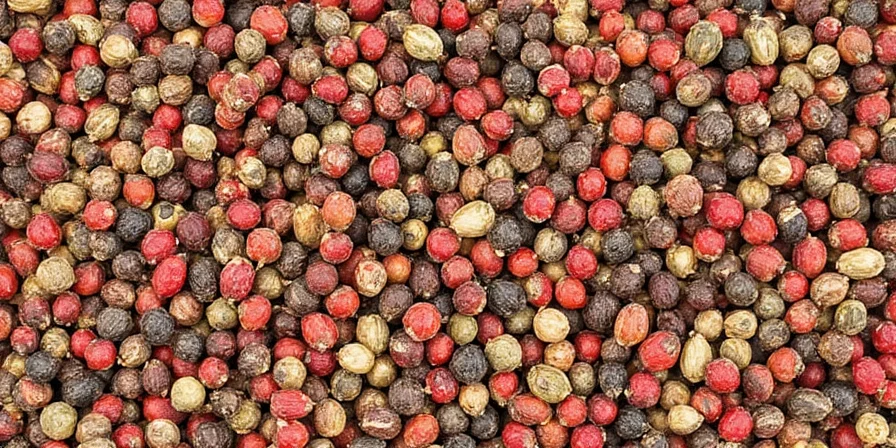
But moderation is key — too much can irritate the stomach lining, especially in raw form. If you have ulcers or acid reflux, use sparingly.
Tip #10: Make Your Own Pickled Peppercorns
Pickled green peppercorns are a gourmet ingredient found in high-end restaurants — but you can make your own at home!
Simmer green peppercorns in vinegar, sugar, salt, and spices (like cloves, cinnamon, and mustard seeds). Cool and store in sterilized jars. They last up to a year and add a tangy kick to charcuterie boards, salads, and Bloody Marys.
Final Thoughts
From ancient trade routes to your countertop, Indian peppercorns have stood the test of time — and flavor. Whether you're grilling meat, blending masalas, or spicing up dessert, there's no reason to settle for bland when a single peppercorn can reignite your palate.
So go ahead, crack it open, toast it, infuse it — just don’t forget the king of spices next time you season your meal.

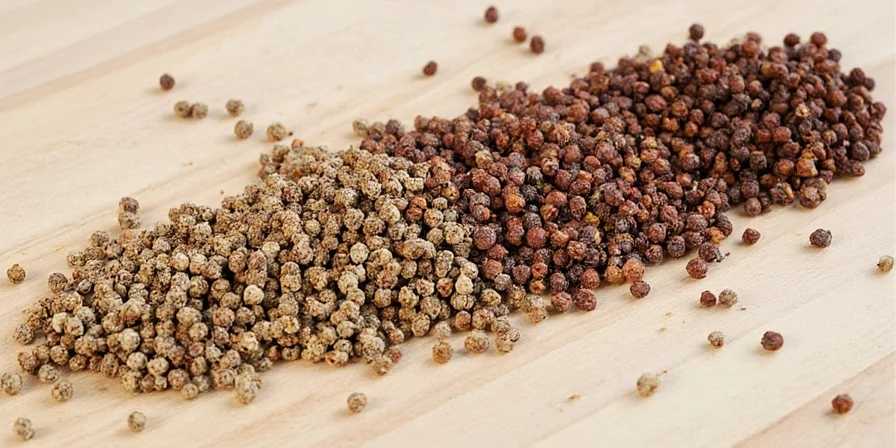









 浙公网安备
33010002000092号
浙公网安备
33010002000092号 浙B2-20120091-4
浙B2-20120091-4